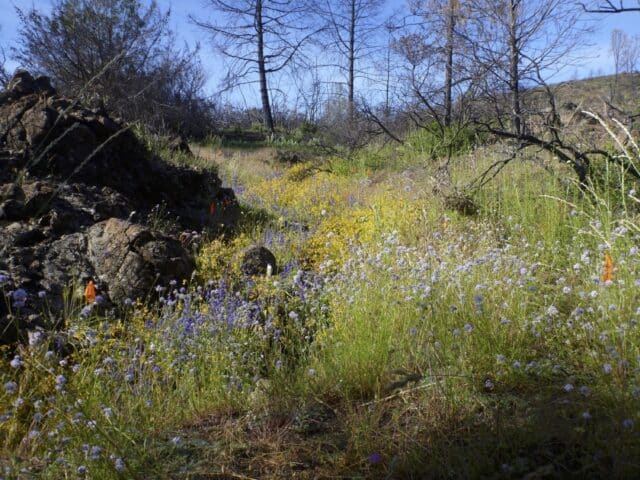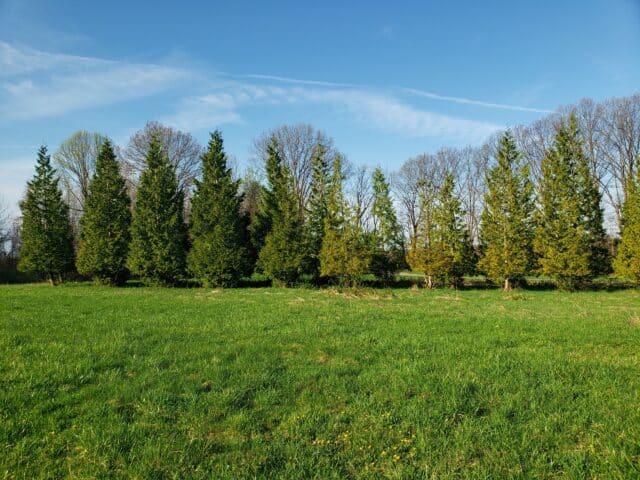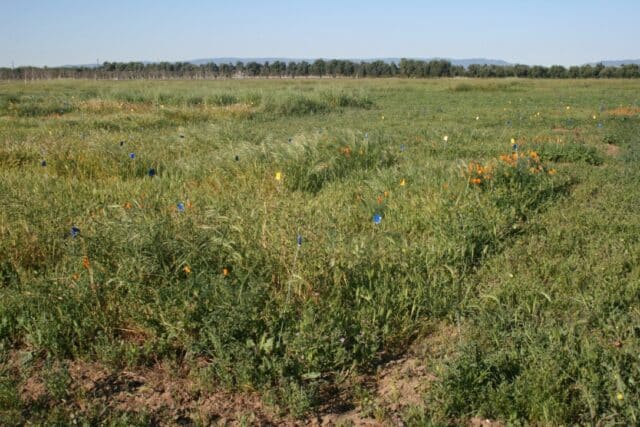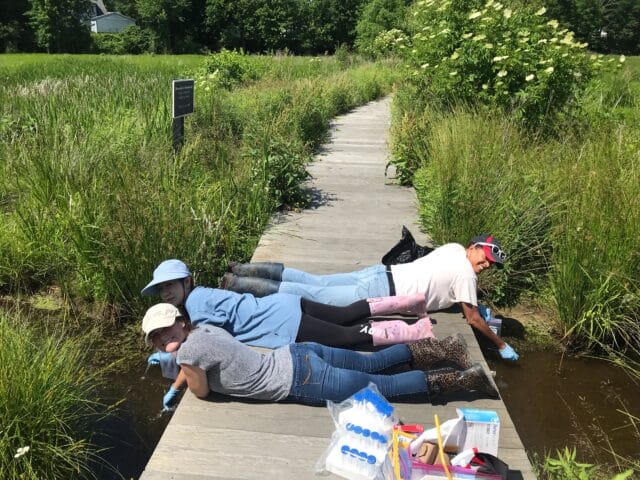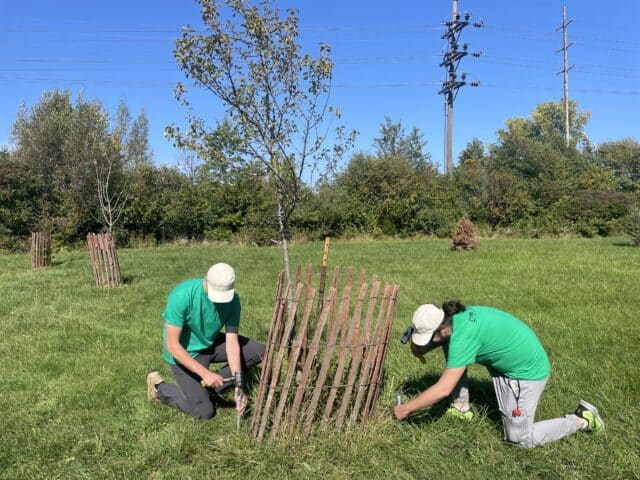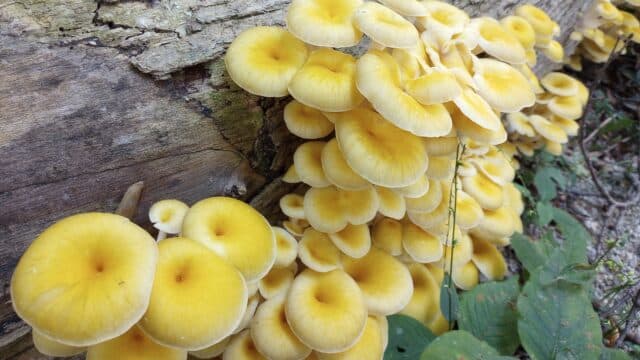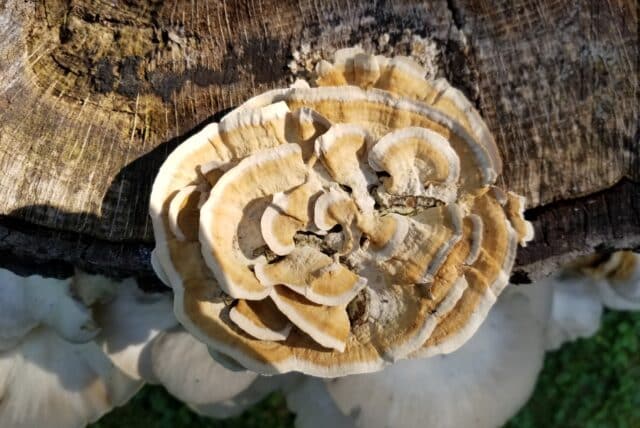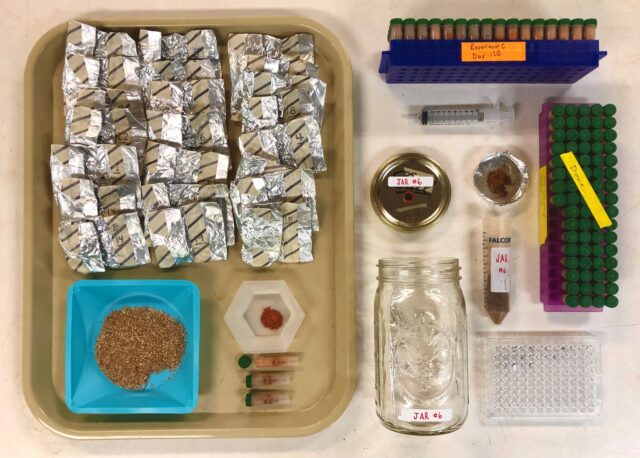Science on Friday: Spring phenology monitoring wraps for the year
June 19, 2020

As spring transitions to summer, we’re wrapping up this year’s spring phenology monitoring in Bole Woods at the Holden Arboretum. Have you heard the term phenology before? Phenology is the study of the timing of natural phenomena – anything that has a seasonal signal. When does Trillium flower? When do hummingbirds arrive in northeast Ohio for the summer? Over the past few decades, phenology has been the canary in the coal mine for ecologists studying the ecological impacts of climate change. Phenology has been one of the earliest ecological parameters observed to shift with the changing climate, and continues to shift ever more strongly as the climate continues to warm.
For the past three years, we’ve been pulling on snow boots and winter coats in early March, to hike from the Long Science Center (home of Holden’s Research Department) into the forest just south of the Center; checking the status of our spring ephemerals well before they wow us with their beautiful blooms in April. We check these wildflowers starting weeks before they emerge from the soil in March all the way until they drop seeds onto the forest floor in June. These checks happen three times a week – an effort only possible thanks to the help of our dedicated research volunteers (or this year as a result of COVID-19, our amazing interns led by research specialist, Rory Schiafo).
Even aside from the current pandemic raging, this was an unusual winter. You probably remember this winter as particularly mild, followed by a chilly spring. April, in fact, was the coolest on record. All of this influences the timing of our spring wildflowers and we see those signals loud and clear in this year’s data. Our spring wildflowers emerged from the ground this year (on average) nine days ahead of last year, and a full two weeks ahead of 2018, likely bolstered by the relatively warm winter. Flowering was also earlier, but the advance was more muted than it was with emergence, probably influenced of the very cool temperatures in April. This year, spring ephemerals flowered two days earlier than 2019, and nine days earlier than 2018.
Why do we care? Our forest wildflowers don’t exist in isolation, but instead exist in a complex web of interactions with pollinators and herbivores, as well as canopy trees – all of which vary in their capacity to shift to accommodate the changing climate. As species shift, synchrony within the forest may change, ultimately reshaping what lives in our forests and how these forests function. This is truly a case in which timing is everything.
Katie Stuble is a research scientist at Holden Forests & Gardens. She and her lab conduct research into the ways in which species interact with one another, how this shapes our natural world, and how this information can inform restoration. Katie has a PhD in Ecology and Evolutionary Biology from the University of Tennessee, an MS in Ecology from the University of Georgia, and a BA in Biology from St. Mary’s College of Maryland.
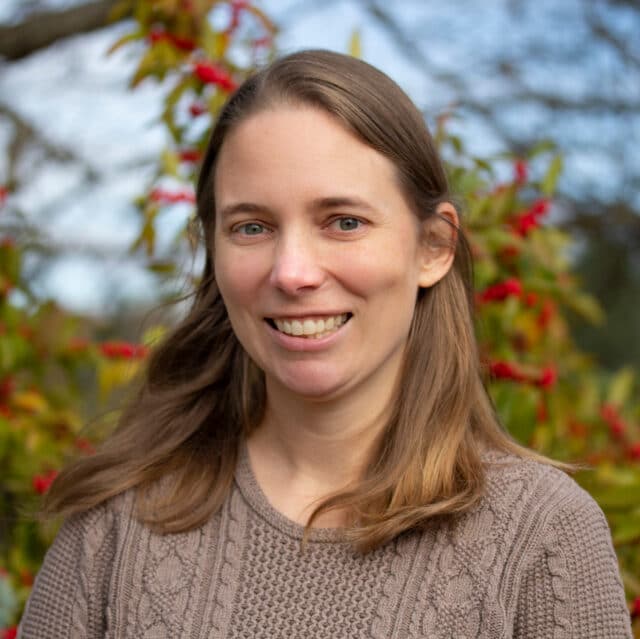
Katie Stuble, PhD
Research Chair
Plant Biologist & Research Chair Katie Stuble has a Bachelor of Arts from St. Mary's College of Maryland. She earned her Master's in Ecology at the University of Georgia and a Ph.D in Ecology and Evolutionary Biology from the University of Tennessee. She took her position as a research scientist at Holden Forests & Gardens in 2016.
